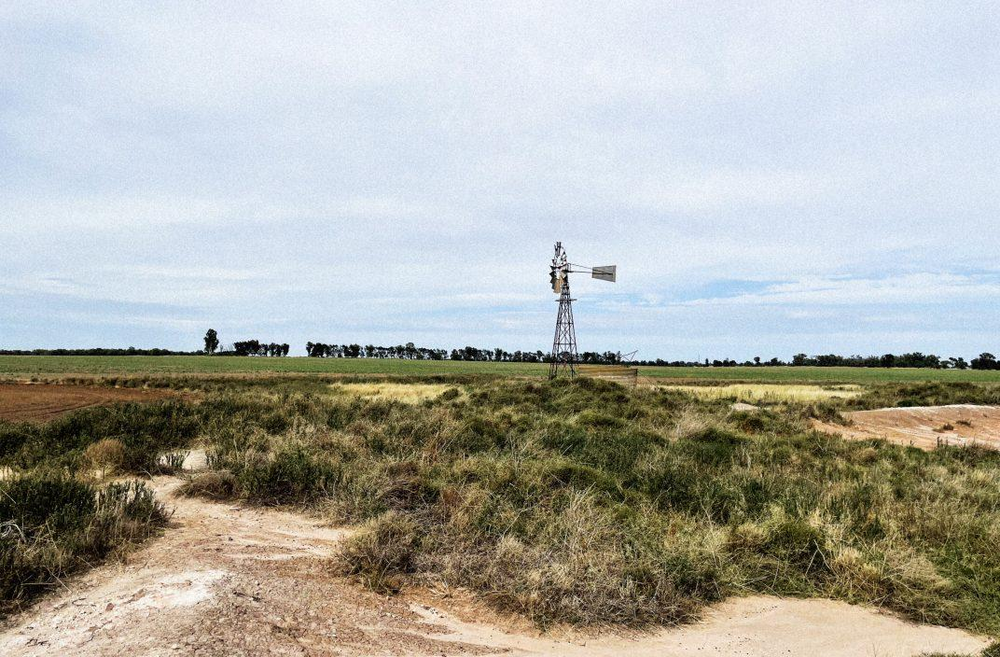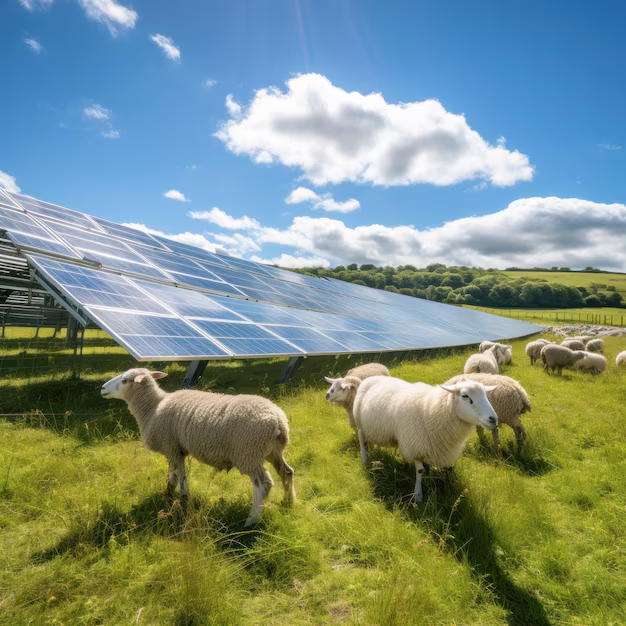Questions still to be answered on Narromine solar farm
Farren Hotham
15 June 2025, 9:20 PM

Narromine Councillors will be watching closely on the progress of a 'state significant development' of a solar farm near the town.
The Council awaits feedback from the developer Edify Energy on three matters requested by the NSW Planning ,Housing and Infrastructure on the Burroway Solar project which is located 18 kilometres from the town.
State Planning Commission panel members will look at the land for its suitability for the project under state laws.
The NSW Planning Commission also wants to ensure that a voluntary planning agreement is negotiated between the applicant and Narromine Council happens if the project is approved.
They are also waiting for further information around proposed approach to workforce accommodation, to occur in consultation with Council.
Narromine Mayor Ewen Jones said while the Council would negotiate on these matters, the project's overall approval now rests with the state government.
"It's out of our hands as its now with the NSW Planning Commission but we are watching it all carefully."
Edify Energy say they are working to meet all necessary requirements to bring the Solar Farm to fruition.
Media Spokesperson for Edify Energy Michelle Grogan said "Negotiations are underway for work force accommodation, we want this facility to bring business into the town and we want it to benefit the community.’’

Land between Narromine and Dubbo earmarked for Burroway Solar Farm.
Construction of the project is expected to take around 18 months and be underway in the 2026/27 financial year, with up to 250 full-time equivalent jobs to be created during construction.
Edify’s plans – which include running sheep among the panels – will have to make it through the NSW state planning and environmental approvals process.
A Wellington farmer Tony Inder gives the solar+sheep model the thumbs up.
Mr Inder sold his farm to a developer and now runs 3,500 sheep between the panels.
"The sheep get a good pick and I don't have to talk to the bank manager," he said.

Narromine's Karin Stark an expert in Renewable Energy says sheep and solar farms will become the future of dual use projects in the future.
''The peak bodies National and NSW Farmers need to step up and recommend more renewable projects can be dual use .''
She is part of a group called Farmers for Climate Action and has written a guide to help developers.
According to the NSW planning portal, the Burroway plans have attracted 84 public submissions so far, just two of which are in support of the project while one is a comment from the Narromine Council.
The 81 objections reveal concerns ranging from a lack of trust in renewable energy generation, to damage to the environment, animal cruelty, risk of fire and destruction of farming land.
According to the NSW planning portal, Edify is currently working up a summary of, and response to the submissions, which will show more clearly who and where the objections are coming from.
Most of the objections have come from outside the Narromine area.
“This project represents part of an unreliable energy system that will require a fossil fuel powered system as ‘firming’,” says one anonymous submission from Coolah in NSW.
“This so called net zero project will require a 5000% increase in open cut mining, resulting in enormous environmental damage. There will still need to be a fossil fuel generator project to provide 24/7 power.”
“This solar/battery swindle is not in the public interest,” says another anonymous submission, also from Coolah.
“The devastation caused by the construction of these sites and the unreliable transmission lines that connect them to the cities is a catastrophe,” says an anonymous submission from Victoria.
A submission from anonymous in Moulamein, NSW, worries that “the large scale solar field may alter local temperatures and humidity impacting agriculture and livestock" questioning the radiant heat from the solar panels.
According to the NSW Planning Commission the most commonly raised matters from public submissions included the following:
- General impacts to biodiversity
- Reliability of electricity generation
- Impacts and loss of agricultural land
- Contamination from project infrastructure
- Health and safety impacts on the community and neighbouring properties
- Impacts to community lifestyle
- Construction and decommissioning waste management
- Fire risk from project infrastructure
- Impacts on landscape and visual amenity
- Impacts on local economy and businesses
- Impacts on local traffic
The main objective of the project is to generate and dispatch renewable energy, consistent with NSW Government policy for renewable energy generation and storage. The project will have a generation capacity of up to approximately 100 megawatts (MW), equivalent to the demand of more than 40,000 NSW households, along with a storage capacity of 100MW/400 MWh.
The project is considered to be in the public interest because it will:
- contribute to energy security and reliability in NSW by diversifying the State’s energy mix, especially with its location within the Central- West Orana Renewable Energy Zone (CWO REZ)
- contribute to reducing GHG emissions from electricity generation, reducing the impacts of climate change and the community and the environment
- align with Commonwealth and NSW Government electricity policies and strategies and regional plans
- provide ongoing economic benefits for both the local economy within the Narromine Shire LGA and more broadly, the regional economy
- provide significant employment and business opportunities during construction.
The Planning Commission so far believes the impacts of the project have been thoroughly assessed throughout the EIS and submissions report process and can be adequately managed through the proposed design, mitigation and management measures proposed to be implemented during construction and operation.